Interior Basement Waterproofing
There are two main ways to waterproof a basement – from the outside and from the inside. In the majority of cases, waterproofing from the inside is the best option because there is less excavation work needed. External waterproofing is best done when construction is still taking place. There are also different options to waterproof basements from the inside.
Advantages of interior basement waterproofing
Generally, it is much more affordable to add waterproofing to the inside of an existing basement than to the outside. That’s because it is a job that takes only a few days in general and doesn’t require expensive and messy excavations in the way adding external basement waterproofing does.
Modern developments to the system also mean that some of the previous problems of tanking such as cracked walls due to vibrations can be handled due to the management of water in the system. So if you have looked at interior waterproofing before and been told that it wasn’t possible due to movement or vibrations, the new system can now be considered instead.
Making walls waterproof
The first part of the process of making a basement waterproof from inside is to make the walls damp proof. This is often needed even if there is no visible water, porous stone or block walls that allow water to pass. But if there are signs of these problems, then it is even more important that waterproofing takes place.
Waterproof membranes or cavity wall membranes are the systems used for old and new buildings. These membranes are tough and durable and can be used alongside other waterproofing systems such as sump pumps and drainage systems to get water out of the basement.
Waterproof wall insulation is used in some cases to help improve the insulation of the property as well as waterproofing it. This is commonly used if you want to create a liveable space in the basement and use it all of the time.
Drainage systems
The other key part of waterproofing the basement is a drainage system that gets water out of the space. There are two main options that we consider.
French drains are the traditional option and have been used to manage water levels around homes since the 1920s. They are installed deep into the ground around the foundations of property to direct water away. They are ideal as part of the initial construction but don’t work so well when retrofitted.
Internal drainage solutions work from inside and work alongside the waterproofing systems for the floor and wall. These are clean and practical options that work with almost all types of foundation. They don’t experience the same problems with clogging of soil that French drains can and also look smart in the basement so don’t create an unsightly mess.
Waterproofing options
Internal basement waterproofing is a modern system that combines protective measures and drainage to ensure that a basement is dry and useable. It can be applied to almost any basement space and removes the risk of damp problems developing in other parts of the house.


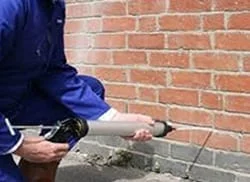 Damp Proofing
Damp Proofing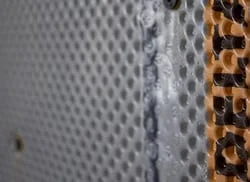 Basement Damp Proofing
Basement Damp Proofing Water Damage
Water Damage Condensation Control
Condensation Control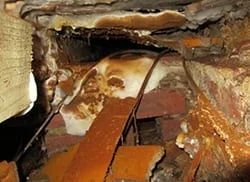 Dry Rot Treatment
Dry Rot Treatment WOODWORM & WET ROT
WOODWORM & WET ROT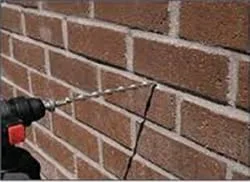 CAVITY Wall Ties
CAVITY Wall Ties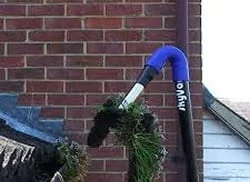 Property Maintenance
Property Maintenance Waterproofing And Tanking
Waterproofing And Tanking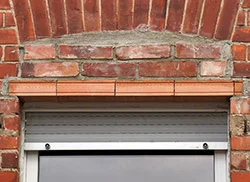 Structural Repairs
Structural Repairs








